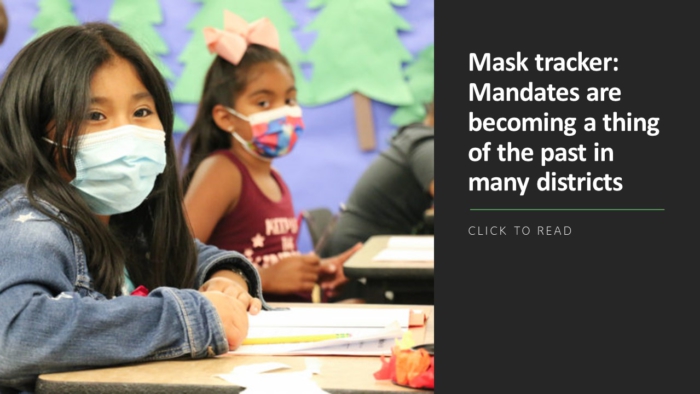Educators should not underestimate the tremendous influence they have over students, influence that is cumulative in giving young people a sense of belonging and stability. When students feel disconnected, two things are more likely to happen: they fail to reach their academic potential and they become disruptive, says Maurice Elias, a professor of psychology and director of Rutgers University’s Social-Emotional and Character Developmental Lab. The latter can take the form of not participating in class or dropping out. “A disproportionate number of mass shooters are school dropouts,” Elias says. “And SEL is the ultimate preventative measure.”
While it’s unrealistic to ask educators to keep track of dropouts, administrators can call on other community organizations to help support a student who has left school. “The kids who drop out come under nobody’s purview until they commit a crime or end up in an emergency room,” Elias says.
To prevent violence in schools, social-emotional learning should be considered part of the culture rather than just a part of the curriculum. That means creating an emotionally safe and caring school environment that fosters students’ well-being and academic achievement. “This is where we connect to the issue of violence, and the events in Texas are pushing us to think about violence,” Elias says. “What we are really talking about are children who feel disconnected from school.”
One key to creating a positive environment is giving students space to discuss their feelings, such as by having morning meetings in the earlier grades. Students will want to discuss their fears about the massacre in Uvalde along with other disturbing current events. “These are issues that, if undiscussed, will affect kids’ learning the rest of the day,” Elias says. “A student who’s upset about what’s happening in Ukraine, about what happened in Texas, that’s not a kid with mental health problems, that’s normal–that’s a kid we’d call positively sensitive.”
A positive school climate at school can make children more resilient in facing the challenges of the outside world. “Administrators can’t underestimate the discord in the outside world that’s giving kids subliminal messages that it’s OK to hate, that it’s OK to think of some people as ‘less than,'” Elias says. “Administrators have to think seriously about all the opportunities that students have to feel valued.”
FETC 2023
The Future of Education Technology® Conference takes place live and in person Jan. 23-26, 2023, in New Orleans. Register now!
Giving students leadership responsibilities and forming small groups for project-based learning gives students a chance to make more concrete contributions. “Not everyone is going to be captain of the team but everyone should have a role,” he says. “But our incentive structure of giving each kid an individual grade, as if learning takes place in isolation, often discourages group work.”
‘Locking doors and metal detectors aren’t sufficient’
Along with supporting students traumatized by recurring school shootings, administrators also have to recognize their own distress as well as how teachers and staff are coping with fear. In the wake of Uvalde, administrators should be reviewing their safety procedures and making adjustments in collaboration with police, social services and other local organizations, says Linda A. Reddy, a professor in Rutgers’ school psychology doctoral program.
State of today’s education market: Why aren’t teachers getting what they want?
School leaders should also be making their communities aware of those plans, whether in person or by Zoom. That should also include providing their staff with a list of mental health resources for themselves and students. Reddy says that creating a positive school climate and assessing threats are just as important as installing security equipment and updating safety procedures. “Locking doors and metal detectors aren’t sufficient,” she says. “The social-emotional wellbeing of staff and students is a core prevention measure.”
Along with SEL, more schools are using evidence-based programs to identify kids who are struggling. This includes training students on how to get help to classmates who may be in falling into crisis. However, continued violence in schools is only adding to stress among teachers who have reported experiencing increased levels of violence over the past two years. Educators say they have been threatened verbally and physically by both students and parents. As Reddy points out, “We need to think about the safety and wellbeing of personnel to preserve the integrity of schooling and the continuity of staff staying in school.”



